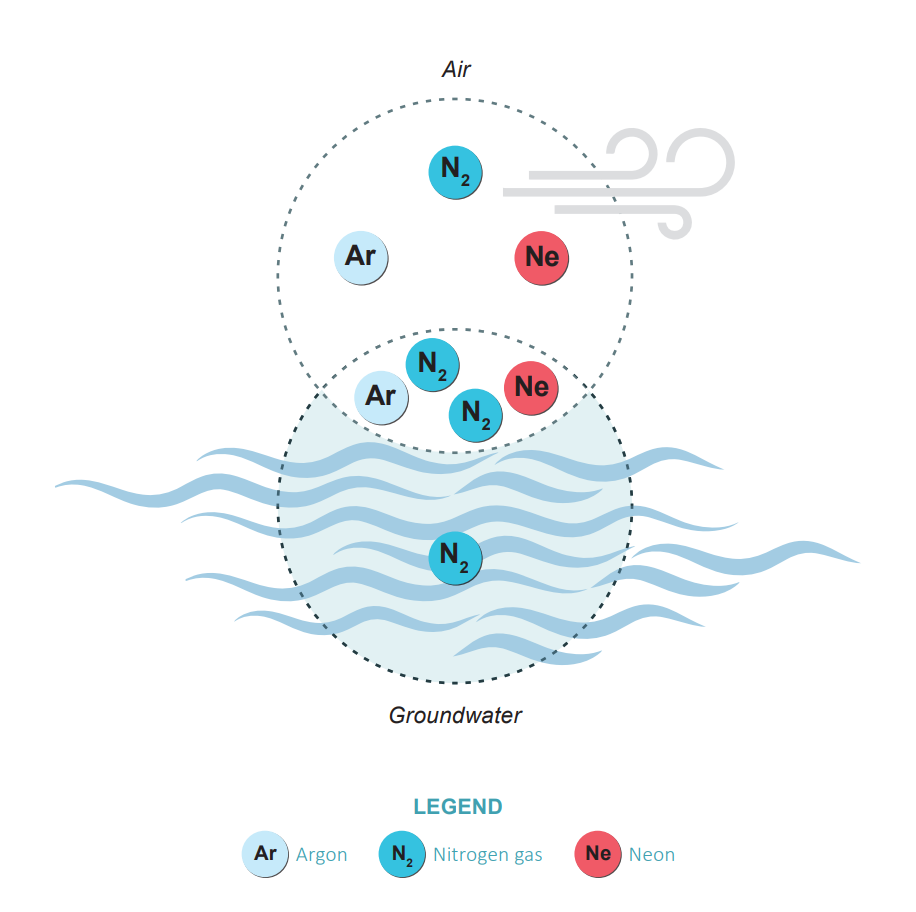Method for measuring denitrification in groundwater
September 2020
Groundwater contains dissolved nitrogen gas (from both the air and denitrification), and dissolved argon and neon gases (which come only from the air). By extracting these three gases and measuring their respective ratios, excess nitrogen gas (from denitrification) can be measured.
Any ‘excess’ dissolved nitrogen gas (more than could originate from air) in groundwater can only be from denitrification. Excess nitrogen can be measured by comparing the amounts of dissolved nitrogen, neon and argon gases in groundwater.
The rate of denitrification can be calculated by identifying the groundwater’s age (using water age tracers).
This new method for measuring excess nitrogen could make analysing groundwater’s denitrification capacity more accessible for regional councils and farmers. It could be used to locate and characterise groundwater denitrification sites, so spatial variability of sites and rates can be mapped.
Source: Revealing Groundwater's Denitrification Capacity. Research Findings Brief prepared by Our Land and Water
Assessment of excess N2 for quantifying actual denitrification in New Zealand groundwater systems, Journal of Hydrology 2019; 58(1):1-17.
Measurement of neon in groundwaters for quantification of denitrification in aquifers, GNS Science Report 2018/34.
Water quality issues facing dairy farming: potential natural and built attenuation of nitrate losses in sensitive agricultural catchments, Animal Production Science 2019
 View Our Strategy Document 2019 – 2024
View Our Strategy Document 2019 – 2024




